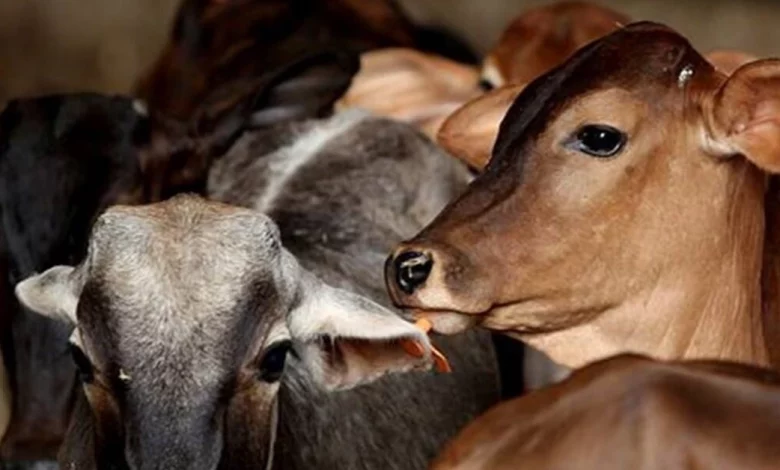Daily Current Affairs for UPSC
National Level Monitors (NLM) to oversee the implementation of its livestock schemes
Syllabus- Animal Husbandry [GS Paper-3]

Context- The Indian government has decided to send National Level Monitors (NLMs) to watch over the implementation of its livestock schemes, such as the National Livestock Mission and the Rashtriya Gokul Mission.
Key Highlights
-
- NLM oversees the implementation of various livestock schemes
- Apart from the NLM and RGM, the Ministry of Livestock also implements the National Program for Dairy Development and the Livestock Health and Disease Management Program.
- These programs are also monitored by the NLM.
- Two Types of Monitoring by NLM
-
-
- The NLM conducts two types of monitoring: routine monitoring and special monitoring.
-
- Objective
-
-
- if the Ministry’s programs are being implemented according to the guidelines established by the Ministry
- if the prescribed implementation process is being followed.
- In addition, this monitoring will also check
- Villagers’ opinions on the program,
- Suggestions for improvement
- Whether the selection of beneficiaries under the program was transparent, fair, and equitable.
-
- Nature of NLMs
-
-
- NLMs are individuals and institutions appointed by the government and are third-party independent monitors.
- Individual NLMs are selected from among retired civilian and defense officials and academics.
-
- Significance
-
- The central government’s focus on monitoring the implementation of plans in the livestock and dairy sector is important given the sector’s increasing contribution to the economy.
- The involvement of the NLM will ensure that monitoring of the scheme is fair and objective.
Contribution of the livestock sector in agriculture
- The contribution of the livestock sector in agricultural output has increased from 24.32% (2014-2015) to 30.87% (2020-21).
- The livestock sector grew at an average annual growth rate of 7.93% (constant prices) from 2014-15 to 2020-21.
- The production value of the livestock sector in 2020-21 is Rs. 1.449 billion at current prices (according to National Accounts Statistics 2022).
- The value of milk production is over Rs. 931 million, the highest among agricultural products and higher than the combined value of paddy rice and wheat.
National Livestock Production Mission
- About
-
-
- The National Livestock Mission (NLM) was launched in the financial year 2014-15.
- It aims to improve the livestock production system quantitatively and qualitatively and to build the capacity of all stakeholders.
- The scheme was restructured in 2021-22.
- The concept of the NLM scheme is to build forward and backward linkages of agricultural products available in the unorganized sector and to train entrepreneurs to link up with the organized sector.
-
- Objective
-
-
- The objectives of the revised scheme are as follows
- Job creation
- Fostering entrepreneurship
- Increase productivity per animal and increase production of meat, goat milk, eggs, and wool.
-
- Implementing Agency
-
- The Ministry of Livestock and Dairy has been implementing the program since the 2014-15 fiscal year.
Rashtriya Gokul Mission (RGM)
-
- The RGM has been implemented since December 2014 for the development and conservation of indigenous bovine breeds.
- It is implemented under the National Program for Breeding of Cattle and Dairy Development (NPBBD).
- It is implemented by the Ministry of Livestock and Dairy.
- Objective.
-
-
- To increase bovine productivity and increase milk production in a sustainable manner using advanced technology.
- To promote the use of bulls of high genetic merit for breeding purposes.
- Increase the penetration of artificial insemination by strengthening breeding networks and providing artificial insemination services at farmers’ doorsteps.
- Promote the breeding and conservation of indigenous cattle and buffalo in a scientific and holistic manner.
-
- Significance
-
- This program is important in improving bovine milk production and productivity to meet the increasing demand for raw milk.
- It will also make dairy farming more profitable for the country’s rural farmers.
- The mission will increase productivity and ensure that the benefits of the program reach all Indian cows and buffaloes, especially small and marginal farmers.
- The program will especially benefit women, as more than 70% of the jobs involved in livestock production are held by women.
Source: Indian Express





.png)



